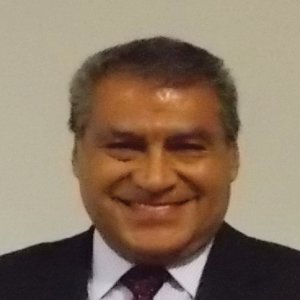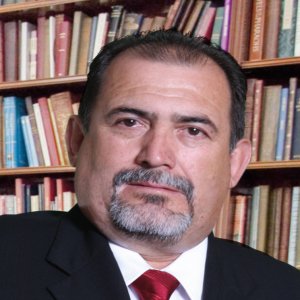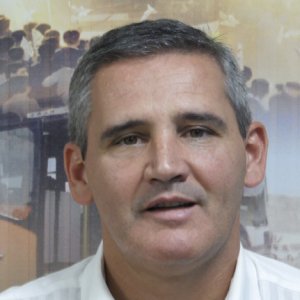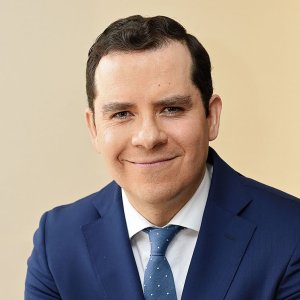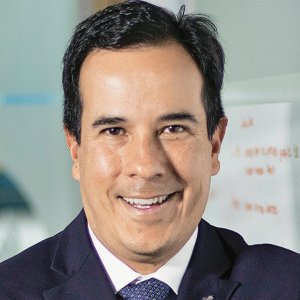Regulations Playing Vital Role in the Transportation Industry

STORY INLINE POST
Q: What are your main priorities as the new President of CANAPAT?
A: We have developed a plan that includes fundamental conditions of the current transportation environment, as well as the range of problems the industry is facing. The first issue we tackled was the presence of transportation vehicles that do not comply with regulations. We must promote a standardization of vehicles so that all parties can operate on a level playing field. The industry is facing pressure to optimize costs, while competing with other modes of transportation such as low-cost airlines. The emergence of other players, such as Uber, is affecting the inner-city passenger transportation market. Similarly, the BlaBlaCar application is stirring city-to-city transportation, with cheap prices outweighing the risks represented by these companies for many customers. Since the market remains unrestricted by any foreign trade agreement, there are significant opportunities to enter the domestic market, which could also have a major impact on our market share. There are several problems caused by informal transportation companies, since they do not have to adhere to tax or vehicle standard regulations, while informal employees receive no benefits and lack the proper training. This means that the quality of vehicles can be poor and contribute to pollution, whereas registered companies must adhere to government specifications.
The implementation of the latest tax reform means that each of our affiliates must receive proper training in line with these regulations. We have been focusing on professionalizing the transportation industry in Mexico. Today, we run 38 training centers in conjunction with our affiliates, as well as a degree program that we have managed for more than 13 years in collaboration with UNAM, with over 600 graduates so far. In addition, we recently established a master’s degree program in transport administration. The the first class for this subject will graduate in 2015, so we are currently seeking a second generation of students. Moreover, we are evaluating, along with our Training Commission, ways to certify our drivers at a federal level, building on existing experience and industry expertise. Another problematic area was highway security, which we tackled by working with the authorities to tighten safety measures. We have implemented federal highway patrol operations, and, in collaboration with CAFUPE, we are asking the government to gillnet pedestrian bridges and overlapping highways to minimize the risk of vehicle vandalism. It is essential to prioritize the safety of passengers, drivers, and vehicles. This is part of the effort to overhaul certain important sectors surrounding the industry, such as infrastructure, parcel services, and tourism. CANAPAT is part of the National Tourist Business Council (CNET) and the Mexico Tourism Board (CPTM), and as a result we are aware that tourism is growing at a double-digit rate.
Q: How do you help transport operators meet the industry’s legal framework requirements?
A: We receive support from the Ministry of Communications and Transportation (SCT), which is in charge of regulating Mexico’s transportation industry. We have implemented various strategies to tackle the problem and, over a three month period, we have fined more than 300 vehicles that do not comply with regulations. Nevertheless, we want to promote the standardization processes with vehicle owners, which is why SCT and the Ministry of Finance developed a Vehicle Regulation Program, previously known as the scrapping program. This project has been active for over ten years now, but the government had previously failed to set goals regarding the number of vehicles requiring standardization. This number has now been set at 6,000 units for the 2015 to 2016 period, subject to environmental evaluation. Furthermore, the government has improved the fiscal benefits for these companies. Now that we have gathered momentum, we expect that the scrapping programs will be more dynamic during the second half of 2015.
Through these regulatory changes, we seek to limit air pollution, both through the introduction of new technologies and by eliminating vehicles causing the highest levels of contamination. CANAPAT has been a key player in helping improve the overall transportation fleet of the country, and now our fleets average an eight- year lifespan, meaning that Mexico is one of the top five countries in terms of vehicle longevity.
Q: How has mobility changed in the country and what resulting challenges have been generated for CANAPAT?
A: Vehicles that do not comply with established guidelines continue to be a perennial problem. It is also evident that vehicle renewal must remain an industry priority. Companies are beginning to place more importance on matters such as preventive and regular maintenance, which in turn improves the customer perception of the transportation sector. The customer experience that we provide is far more advanced than other countries, with the provision of commodities such internet connections and power points. As a result, our high standards have awakened a demand among consumers for quality services that was not previously present within the industry. By providing customers with a first-rate experience, invariably our reputation improves significantly. We are beginning to see requests for vehicles thanks to this type of feedback, meaning that customers have a significant input into the design.
Q: What strategies has CANAPAT adopted in terms of vehicle and road safety?
A: CANAPAT analyzes road accidents and proposes suggestions for potential improvements to the structure of vehicles, according to manufacturing processes and regulatory compliance. In terms of passenger safety, the challenges that we face are mostly cultural, such as the use of seatbelts. With the help of authorities, we have provided education campaigns and messages displaying the importance of seatbelt, placing advisory notices in most bus stations across the country. Regarding road safety, companies internally manage preventive examinations of both vehicles and drivers, with training courses that involve development of mechanical, safety, first aid, accident prevention, and human relations skills.
With a complete overview of the transport arena, drivers are better equipped to make smarter decisions, and that is what companies are trying to provide. As a preventive measure, every operator must undergo a medical examination before and after each trip they make, which is a requirement by the SCT. In addition, according to federal licensing, operators must have a full medical evaluation every two years and, although it is not formally regulated, companies frequently apply random drug testing procedures among operators. Furthermore, several companies have set up checkpoints along transportation routes in order to evaluate operators during journeys, ensuring also that replacement drivers are available if necessary. We have had multiple meetings and implemented several campaigns in collaboration with the government with a view to minimizing these issues through legal frameworks
